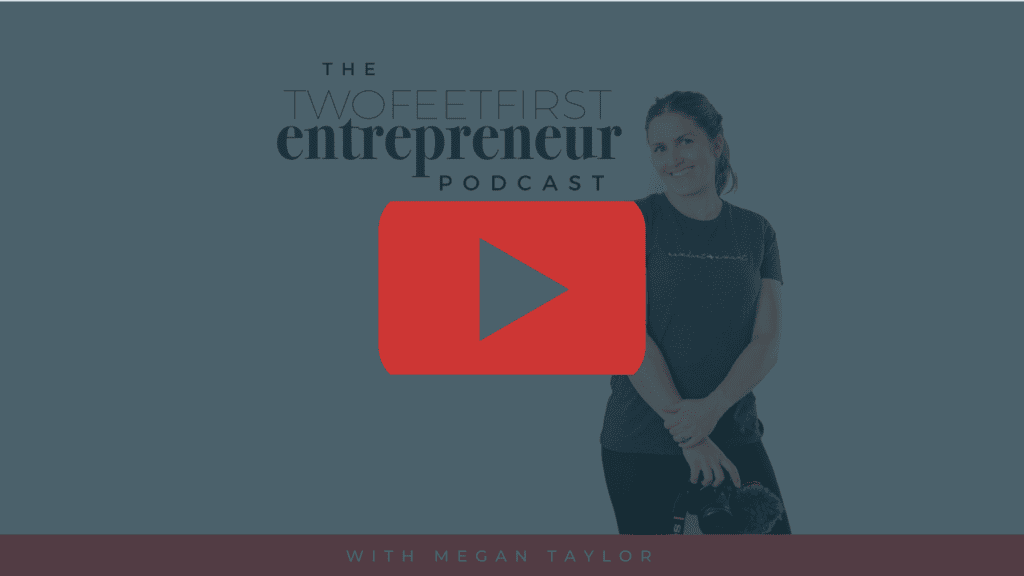If you’ve been filling ChatGPT’s prompt screen with every random question you can think of, chances are you’re loving this new digital tool.
It’s easy to use and most of the time, you’re getting a helpful answer.
ChatGPT can provide anything from relationship advice and cleaning hacks to a hilarious song using lyrics from all your favorite ’90s bands.
But when you’re asking it to create new content for your business, here’s where many people get frustrated with AI and give up.
How do we interact with ChatGPT to get content that’s specific and customized to our business needs?
I threw a lot of questions at the AI, trying to understand how it works.
Surprisingly, ChatGPT tossed a few technical terms back to me and left me even more confused.
But after I did a bit of research, the AI tips became clearer.
If you’re struggling with your ChatGPT prompts, here are five valuable techniques to improve your user experience:
- Be specific with your prompts
- Learn how to use temperature, max token, and diversity penalty settings
- Explore system level instructions
- Ask it to repeat and rephrase the results
- Be patient with the process
I found the settings in #2 above incredibly useful for different types of content.
Here’s a breakdown of how to use them:
Temperature
Controls the randomness and creativity of the text generated with a range from 0-1.
Breakdown of the ranges:
- Low temperature (0 to 0.3): More focused and conservative outputs.
- Medium temperature (0.3 to 0.7): Balanced creativity.
- High temperature (0.7 to 1): Highly creative and diverse.
Diversity_penalty
Ensures the output is varied, meaning you have lower amounts of repetitive phrases. The range of the diversity is 0-2, where the higher the value, the more diverse the text will be, while lower may have more repetitive phrases.
Breakdown of the ranges:
- Low diversity_penalty (0): No penalty applied; may have repetitive phrases.
- Medium diversity_penalty (1): Balanced diversity and coherence.
- High diversity_penalty (2): Maximum diversity may affect coherence.
Max tokens (positive integer)
Sets the generated text’s maximum length, ensuring it doesn’t give too long of an answer.
For a blog post, I recommend using these parameter settings:
- Temperature: 0.5 to 0.7 for a balance between creativity and structure.
- Diversity_penalty: 1 to ensure varied output without compromising readability.
- Max tokens: Set according to your desired word count.
And here are detailed examples for specific types of content:
For a newsletter, try these ranges:
- Temperature: 0.3 to 0.5
- Diversity_penalty: 0.5 to 1 to avoid repetition
- Max tokens: Set according to the desired length of your email content.
For social media, try these settings:
- Temperature: 0.7 to 1
- Diversity_penalty: 1 to 2 for maximum diversity
- Max tokens: Set the limit according to the platform’s character limit.
ChatGPT Prompt to set parameters:
Use “temperature” value of 0.6 in our conversation.
Use “Diversity_penalty” value of 1 in our conversation.
ChatGPT Prompt:
Please write 5 compelling titles about [idea] that will hook [audience] into viewing the content. I want to target these three keywords [keyword1], [keyword2], and [keyword3]. Each title should be under 70 characters long.
Ready to try it out?
At first, these new parameters can seem intimidating to use.
But remember, you know what results you want. And when you learn to communicate better with ChatGPT, these instructions can easily become templates that you copy and paste.
And ‘This I Promise You’, you’ll say ‘Bye Bye Bye’ to your old setbacks and tell ChatGPT “I Want it That Way”!
Tools and resources mentioned in the episode:
Watch the episode live on YouTube

Enjoy this episode?
If you enjoyed this, the best way to show your appreciation is by taking a few minutes to subscribe, leave a rating, and review the podcast. This helps the podcast reach more entrepreneurs – just like you – so we all can enhance our businesses and reach our dreams. You can do that on Apple Podcast right now by clicking here. Or if you’re an Android user, you can follow the podcast on Spotify, Google Podcast, or Amazon Music. Thank you so much for being here!






